7 Types of Instrumentals to Listen to while Studying for Finals
April 22, 2021
Ambient sound is the first on the list. Though lacking in any sort of instrumental implication, who is to say that nature’s sounds are not musical? It seems one cannot go wrong with a little rainfall to help move the studying along. Arguably the calmest of the seven types presented, it can include both white and pink noise, environmental recordings and frequencies which are believed to aid in focus. If one’s research fails to turn up any useful recordings, one can simply try studying outside.
Lo-Fi is another mellow tool. It is a type of music whose name comes from a shortening of the term “low-fidelity”, indicative of the quality of one’s song recording being riddled with imperfections. Artists like Jinsang, In Love With A Ghost, Tomppabeats, Potsu, The Deli and Idealism are currently at the forefront of this approach; taking imperfect audio and making it perfect. The beats are usually slow and repetitive, so keep that in mind if one is prone to dozing off. (If one does not mind words with their Lo-fi, check out works by Nujabes and Quickly,Quickly).
If classical is, in fact, one’s thing then look to the old standbys. Beethoven, Bach, Debussy, Liszt, Ravel, Gershwin and Chopin are substantial examples of calming piano, an ideal easy listening instrument. However unmatched, a full or partial ensemble is nothing to belittle. Reach for Mozart, Holst, Stravinsky, and Mahler if this is one’s preference. It would be wrong to leave out composers that still inspire today, but there are far too many to give credit to. Assume all are listed here.
Math rock is erratic, odd-signatured rock music that — when paired with study — could help one learn. This is no guarantee, but with math in the title one can only hope. Check out bands like Elephant Gym, Chon, Giraffes? Giraffes!, Totorro, toe and Covet.
Jazz is not just music for the average mansplainer, but potential help for the academic. Duke Ellington, John Coltrane, Benny Goodman, Dave Brubeck, Paul Desmond, Cannonball Adderly, Art Blakey & The Jazz Messengers, Samuel Coleridge-Taylor, Chick Corea, and more recent artists like Robert Glasper, Jef Neve and Kiefer are all examples of musicians and composers who have shaped or shape jazz today. None of those listed include anyone singing or speaking, something the aforementioned mansplainers should consider taking part in as well.
Video game music (stop laughing) is an ideal study aid for some because of its sole function; focus. It is actually built to help the player zero in on objectives and move the storyline along. In real life it has proven to do the same for gamers and non-gamers alike. With an endless scope of genre and style, it is one of the most plentiful wells of instrumental music on the market … and the quantity does not dilute the quality. Game makers put just as much work into their soundscape as well as their playable environments. Give it a try, it is nothing to laugh at.
This last example is not for the faint of heart. Drum & Bass was created in the UK in the 90’s and like anything created in the UK in the 90’s, proceed with caution. This is by far the fastest example on the list, but there is something about one’s mind racing and the body being at a perfect calm whose parallels could be the optimal for studying. Side-effects include listening to excessive amounts of Grime and attempting and inevitably failing to imitate an English accent.
If all else fails, one can simply look up any instrument they adore paired with “instrumental”, i.e. “flugelhorn instrumental”. Happy studying.


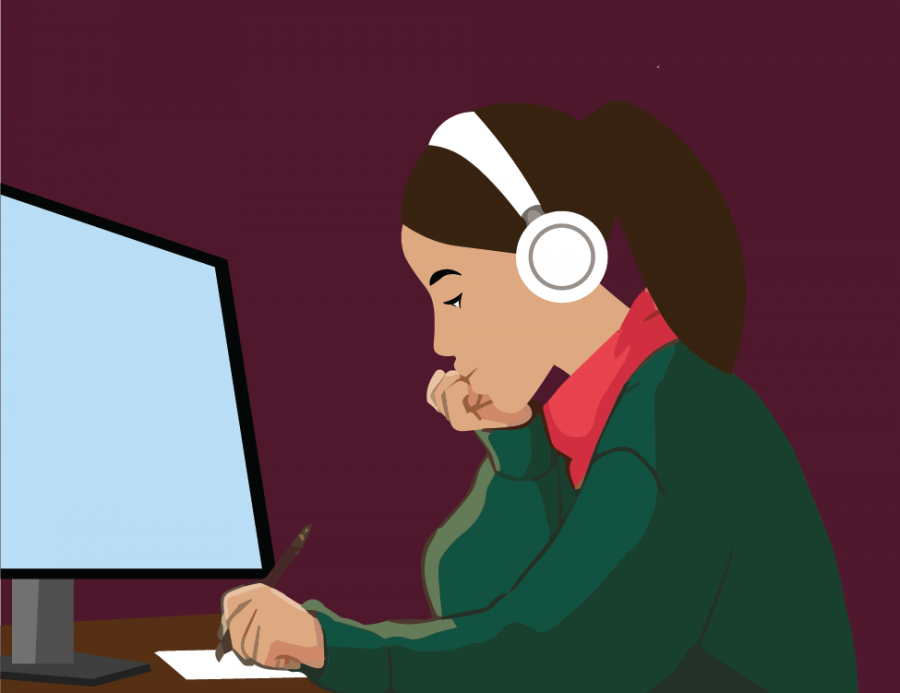



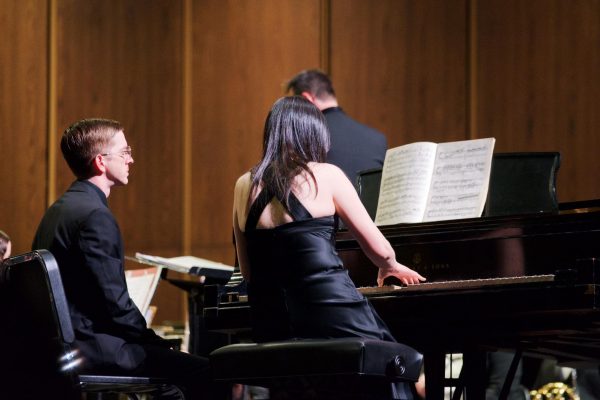


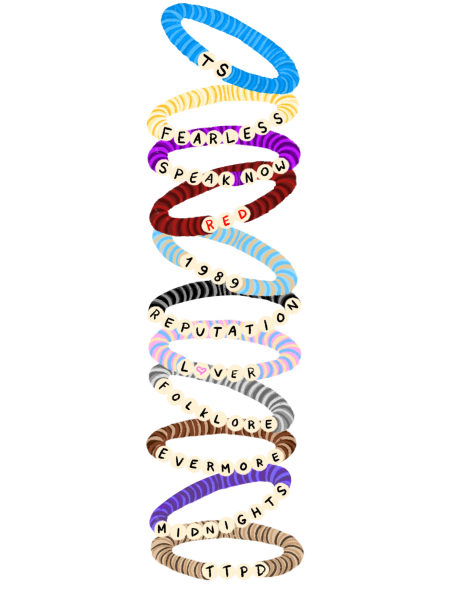
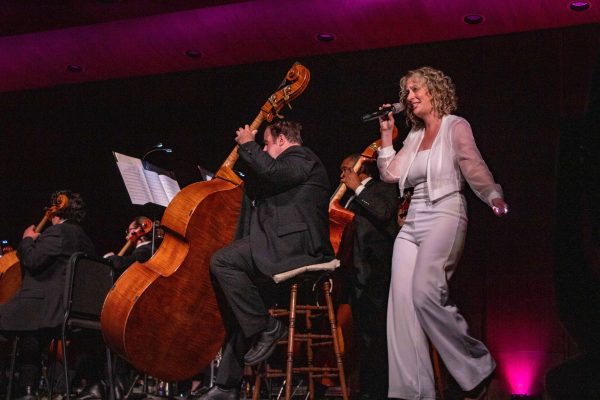

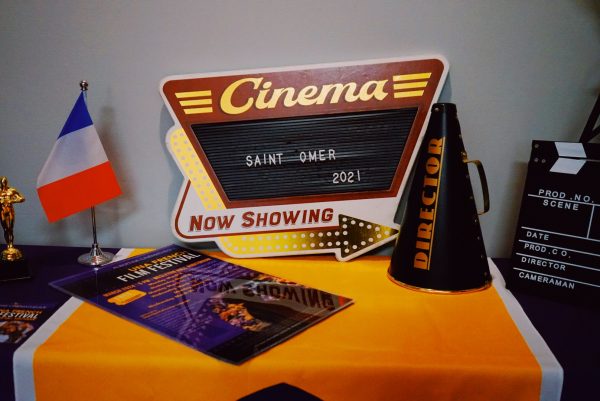

Jeremiah Agware • Dec 8, 2021 at 4:15 am
Some songs just connect deeply at some point. I guess that’s why they say music speaks directly to the soul. If you are ever looking to download mp3 music for free, try this website.
Kudos and keep up the good work on this website.